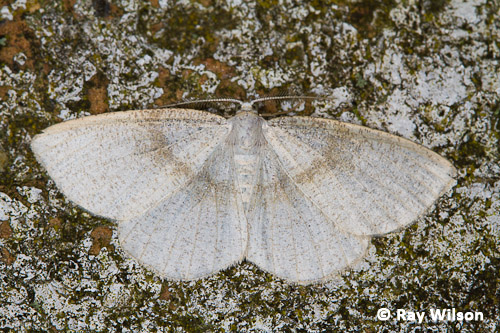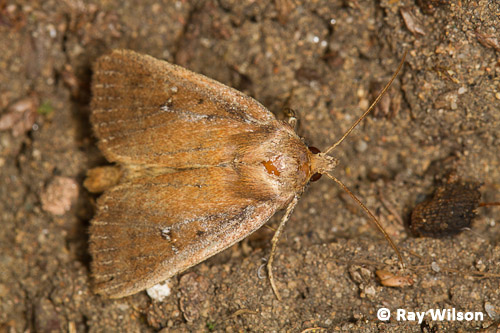
August 2012

Maiden's Blush (Cyclophora punctaria)
August was another month of moth-trapping while I continued the convalescense of my ankles and all of the photographs shown here were taken in my Nottinghamshire garden.

Pebble Hook-tip (Drepana falcataria)

Yellow-tail (Euproctis similis)
The orangy-yellow tip to the Yellow-tail's abdomen is usually hidden beneath the tent-like folded wings when it is at rest. If it feels threatened, such as this one did when I gently blew on it, it raises its abdomen above the level of its wings to display the brightly coloured tip as a signal to would-be predators that it is distasteful.

aberrant Common Wave (Cabera exanthemata)
I couldn't find any references in any books or on the internet that illustrated, or even mentioned, the above moth. Based on its size and the shape of the wings I am fairly sure, however, that it is an aberrant form of Common Wave. Interestingly, a friend in Swansea, Barry Stewart, caught an identical moth in the same week and came to the same conclusion about its identity as I did.

Flame Carpet (Xanthorhoe designata)

Lesser Swallow Prominent (Phoesia gnoma)

Pebble Prominent (Notodonta ziczaz)

Twin-spotted Wainscot (Archanara geminipuncta)
Several reedbed-specialist species wandered into my garden from the nearby Attenborough Nature Reserve throughout the month. Probably the most unusual of these was aTwin-spotted Wainscot that turned up on a night that also produced over 30 Water Veneers, 13 Calamotropha culmella, 1 Donacaula forficella and 2 Brown-veined Wainscots.

Copper Underwing (Amphipyra pyramidea)

Old Lady (Mormo maura)
The largest species attracted to the light trap this month, with a wingspan of around 70mm, was the Old Lady. There is no real impression of size in the above photo but when you've got a couple of these buzzing around inside the trap it is quite an impressive sight!

Argyresthia goedartella
At the other end of the size scale were Argyresthia goedartella (5mm long) and Mompha raschkiella (4mm).

Mompha raschkiella

Cydia splendana
Ray Wilson owns the copyright of all images on this site.
They may not be used or copied in any form without prior written permission.
raywilsonphotography@googlemail.com